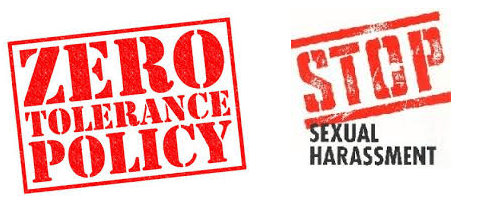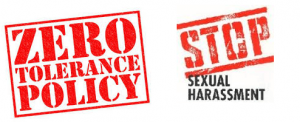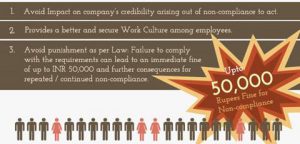
30 Jan Prevention of Sexual Harassment Act, 2013 : Role of Employer
As per the Sexual Harassment of Women at Workplace (Prevention, Prohibition and Redressal) Act, 2013, the role of the Employer is defined as below:
- Provide a safe working environment for persons coming in contact with the workplace.
- Create and empower the Internal Committee as defined in the Act.
- Ensure your organization’s anti-sexual harassment policy is aligned with the provisions of the new law.
- Display conspicuously at the workplace, the penal consequences of sexual harassment and the composition of the Internal Committee.
- Organize workshops and awareness programmes periodically for sensitizing employees on the Act and also organize orientation programmes for members of the Internal Committee.
- Changes to the employment contracts/Service rules to make the employees legally bound for the acts of sexual harassment at the workplace.
- Submit necessary information pertaining to sexual harassment to specified authorities.
- Help your employee to initiate legal action against the perpetrator (if the perpetrator is not an employee) under criminal law.

Why should employers be compliant to the act?

What should be done to be compliant with the law?
4 Key steps to be compliant with the law
- Sexual Harassment Policy creation as per the Act – detailing the Employee and Employers roles and responsibilities; Complaint and Redressal mechanisms.
- Internal Committee should be setup as per guidelines and should be trained/equipped in prevention and redressal measures. IC should handle complaints after thorough investigation and recommend actions.
- Employee awareness on the Act, Complaints and Redressal mechanisms as detailed in the Policy.
- Statutory reporting of the cases filed and action taken should be reported and filed in the Company’s annual report.

